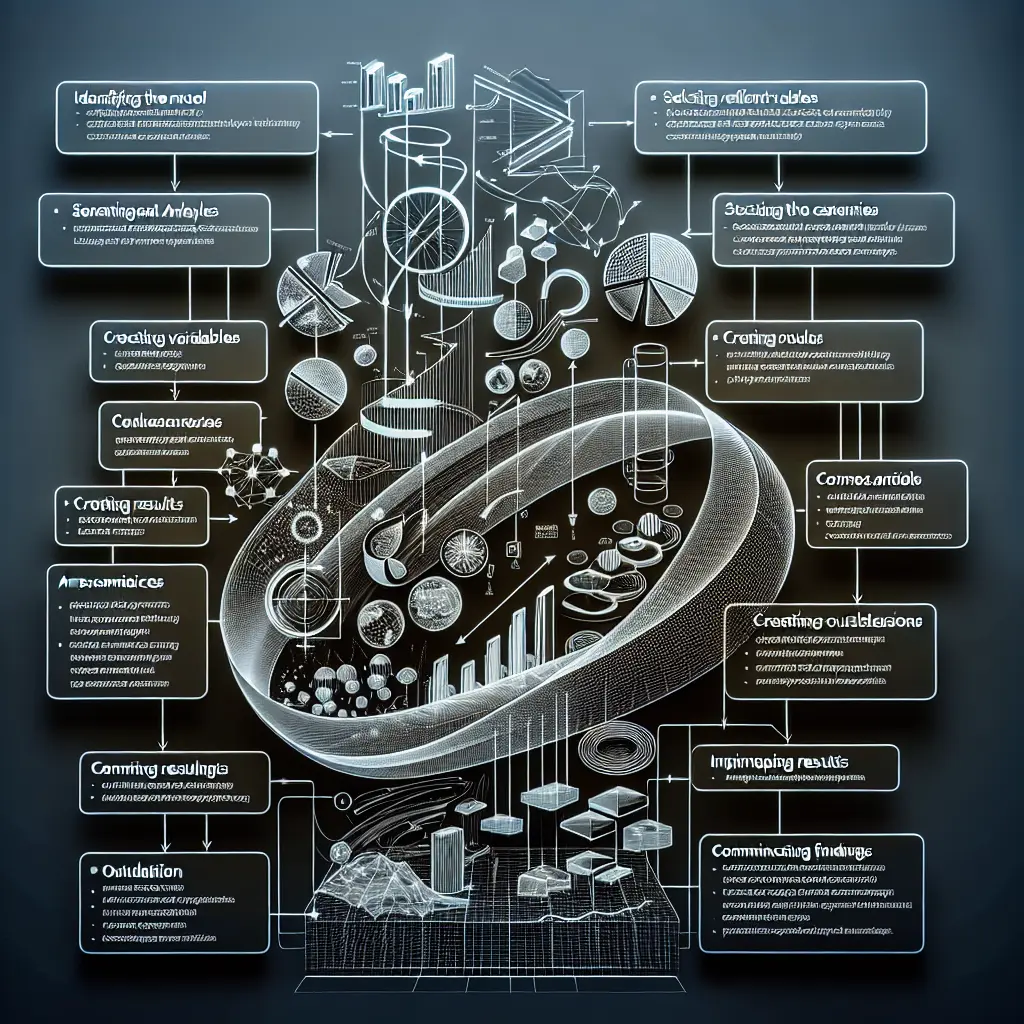Tools Advisor | MongoDB
MongoDB and NoSQL Overview
MongoDB is a popular NoSQL database that offers high performance, scalability, and flexible data modeling. It is designed to handle large volumes of varied and unstructured data. NoSQL databases like MongoDB differ from SQL databases with their schem...

This Query related with thread "Comprehensive MongoDB Learning Plan"
Prompt
Understand basic concepts of NoSQL and MongoDB
Answer
MongoDB and NoSQL
MongoDB is a popular and widely used NoSQL database that provides high performance, scalability, and flexible data modeling capabilities. It is designed to handle large volumes of varied and unstructured data, making it suitable for a wide range of applications.
NoSQL databases, including MongoDB, differ from traditional SQL databases in several key ways:
1. Schema flexibility: Unlike SQL databases that have rigid schemas, NoSQL databases like MongoDB allow you to store and retrieve documents without a predefined structure. This flexibility is particularly useful for applications with evolving data needs.
2. Scalability: NoSQL databases are designed to scale horizontally, meaning they can handle massive volumes of data and high traffic loads by distributing the database across multiple servers. MongoDB provides built-in support for sharding, which allows you to partition your data across multiple machines.
3. High performance: MongoDB's document-oriented data model and index support enable fast queries and efficient data retrieval. It also supports horizontal scaling, which further enhances performance.
4. Replication and fault tolerance: MongoDB supports automatic replication, allowing you to maintain multiple copies of your data across different servers. This provides fault tolerance and ensures high availability even in the event of server failures.
Key Concepts in MongoDB
To understand MongoDB better, it's important to familiarize yourself with the following key concepts:
1. Documents: In MongoDB, data is stored in flexible, JSON-like documents called BSON (Binary JSON) documents. Each document is a self-contained unit that can have its own unique structure.
2. Collections: Collections in MongoDB are similar to tables in SQL databases. They are logical groupings of documents that share a similar structure or purpose. Collections do not enforce a schema, so documents within a collection can have different fields and structures.
3. Fields: Fields are the key-value pairs that make up the content of a document. Each field contains a specific piece of data, such as a string, number, array, or another document.
4. Indexes: Indexes in MongoDB improve the performance of queries by allowing the database to quickly locate the data based on the indexed fields. MongoDB supports various types of indexes, including single field, compound, and multi-key indexes.
5. Queries: MongoDB provides a rich query language that allows you to retrieve and manipulate data using a flexible and expressive syntax. Queries can filter, project, and aggregate data based on specific criteria.
6. Aggregation: MongoDB supports an advanced aggregation framework that allows you to perform complex data transformations and analysis operations directly within the database. Aggregation pipelines enable you to combine multiple stages of operations to process large datasets efficiently.
7. Replication and Sharding: MongoDB supports replication for high availability and fault tolerance. Replication involves maintaining multiple copies (replica sets) of the data on different servers. Sharding, on the other hand, allows you to partition your data across multiple machines to improve performance and scalability.
8. Drivers and Client Libraries: MongoDB provides a wide range of officially supported drivers and client libraries for various programming languages, including Python, Java, Node.js, and C#. These drivers make it easy to interact with the database and perform CRUD operations from your application code.
Resources and Learning
To learn more about MongoDB and NoSQL databases, you can explore the following resources:
Documentation: MongoDB's official documentation is highly comprehensive and provides detailed information on all aspects of using MongoDB. It includes tutorials, examples, and reference material. You can access it at .
Courses: Enterprise DNA offers courses on MongoDB and NoSQL databases. These courses provide in-depth coverage of MongoDB concepts, data modeling, query optimization, and more. They are designed to help you build a solid foundation in using MongoDB effectively.
Community: MongoDB has a vibrant community of users and developers that actively support and contribute to the ecosystem. Joining community forums and attending meetups can provide valuable insights and assistance in your MongoDB journey.
Remember, practice is key to mastering MongoDB. Try building simple applications or prototypes that leverage MongoDB's features to get hands-on experience and deepen your understanding.